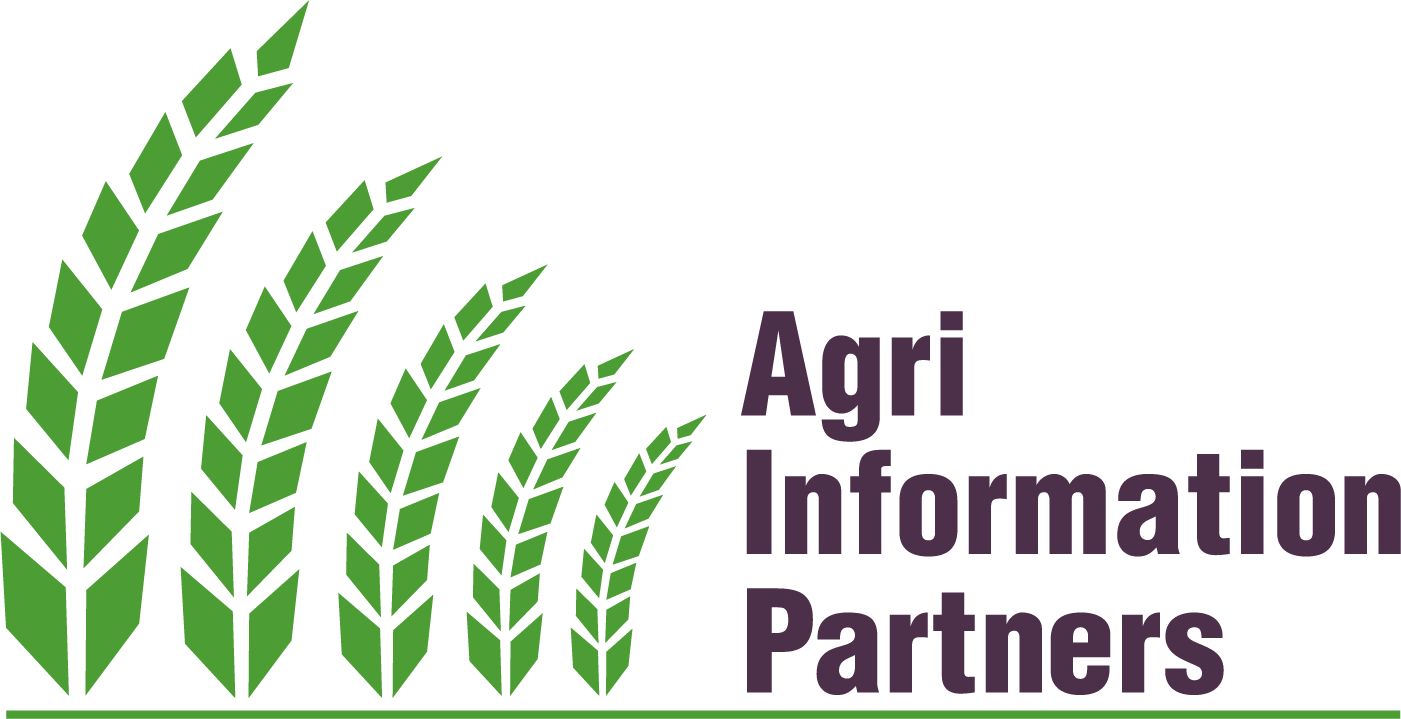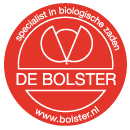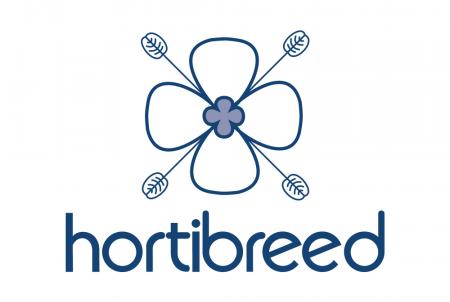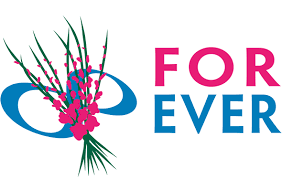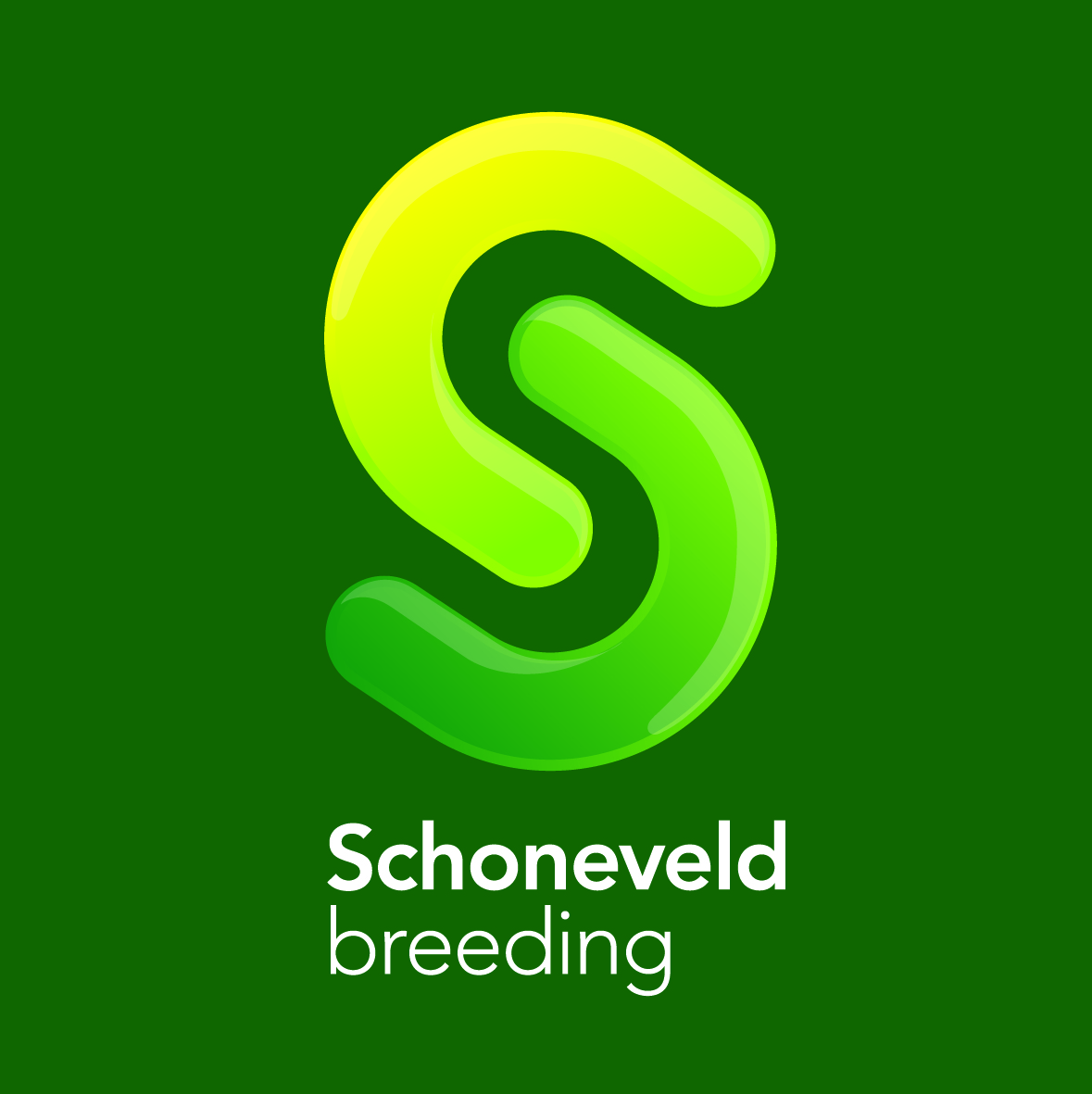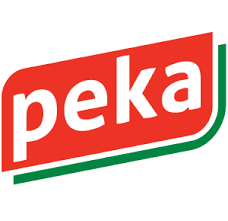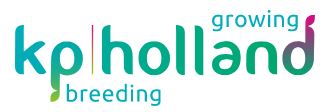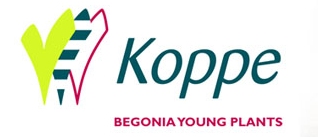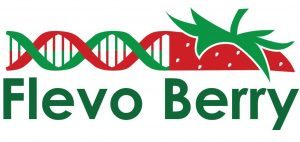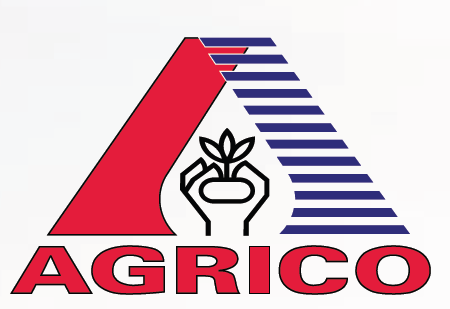E-Brida
E-Brida is a powerful breeding software solution, that centralizes knowledge related to breeding content and processes, making it easily accessible. E-Brida specializes in supporting both vegetative breeding and seed breeding processes.
- User-friendly Registration: Register with a smartphone, tablet, or laptop
- Streamlined Administration: Minimize administrative tasks, allowing breeders to focus on core activities.
- Comprehensive overview: Access to a comprehensive overview of ancestors and descendants in one intuitive interface.
Breeding software E-Brida
E-Brida serves as a centralized platform, making invaluable insights into breeding content and processes easily accessible. Empowering collaboration among breeders, E-Brida facilitates shared learning on methodologies, test efficacy, crossbreeding techniques, and selection processes.
Storage and comparison of photos
Add photos and descriptions to a pedigree item in an instant. You can view them later, which will be in your pedigree tree. This allows you to follow the appearance of a crop line at a glance.
E-Brida Field
E-Brida Field allows registering data on location or in the field with a tablet or smartphone. Because you determine the data restrictions yourself, the data quality increases. Suitable for Android and iOS.
E-Brida brings countless benefits
Store and compare digital photos
Quickly add photo’s and descriptions to a pedigree item. Later on you can inspect them in various formats and they are in your pedigree tree so you can follow the external development of a crop lineage in one glance.
Registration app
E-Brida Field makes it possible to record observations digitally. This is ideal for breeders who want to score more efficiently and certification bodies wishing to record their observations accurately during an audit.
- Scanning barcodes and RFID chip
- Making photos and automatic linking
- Connecting peripheral equipment such as scales and brix meters
- Entries via selection lists with self-determining data restrictions
- Design your forms
- Friendly user interface design
- Available for Android and Apple users
- Create selections in the field
- Support from experienced experts in breeding
Additional functionalities
promote usability
Set up and manage Trials.
With E-Brida, you keep an overview of all your trials. Setting up your trials (statistically sound) is easy. It also allows you to track the status of the observations in the trials. Extensive possibilities to make reports of your observations, including photos.
Management of Genotypes, CrossGroups, and Lines
With E-Brida, you keep an overview of all your genotypes, CrossGroups, and lines. In the pedigree book, you will find all information in one place. Ability to display the family tree, including traits and photos. Extensive possibilities to create reports on your genotypes, CrossGroups, and lines, including observations and photos.
Create your properties, code lists, number systems, QR codes, …
You can define your own properties, including your own codes. In the language you want. It is also possible to design your barcodes or QR code labels, including readable information. You can continue using your own number system if it makes sense. E-Brida can be configured to a large extent according to your wishes!
Breeding operations in E-Brida
You can add all breeding operations to E-Brida. Specific activities can be carried out in each breeding step. New Genotypes can be created in each step. And observations are possible at every step, and photos can be added to the database.
Marker Assisted Selection
Our latest version of E-Brida (version 7.0) is equipped with the option to work with markers and select the right plants based on these markers. There is of course also the option to get the marker results via a so-called API in E-Brida.
Statistical analysis
With E-Brida’s DataWareHouse, you can generate statistical overviews, possibly using R-Scripts. But visually, the DataWareHouse also offers all kinds of possibilities.
Are you curious whether E-Brida can be an addition to your company?
Our specialists are happy to show you all the possibilities of our fantastic software and assemble the perfect package for you.
Discover also our software for product management,
Mercado
- Variety management
- Variety Trialing
- Central place for data analysis
- Accessible on any device
